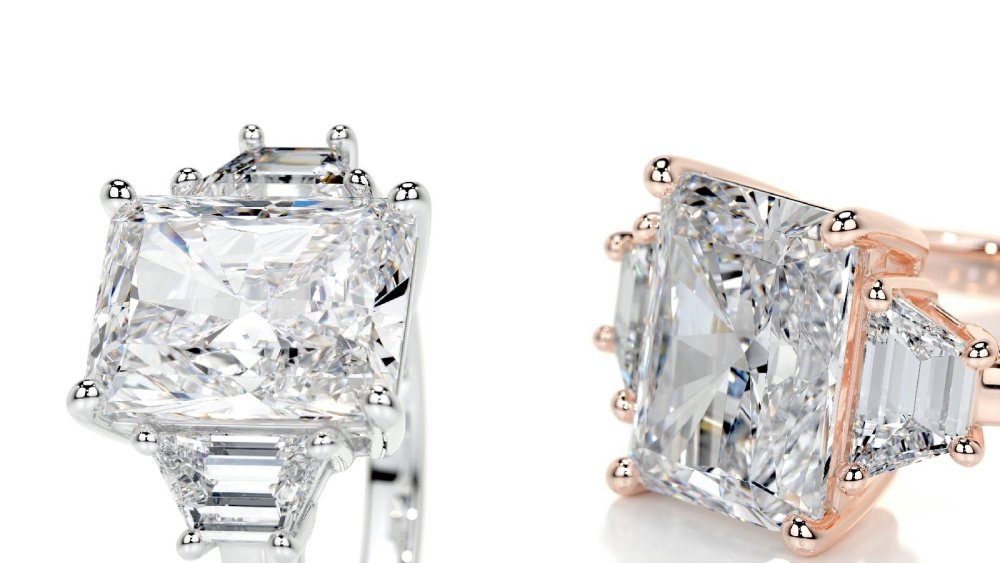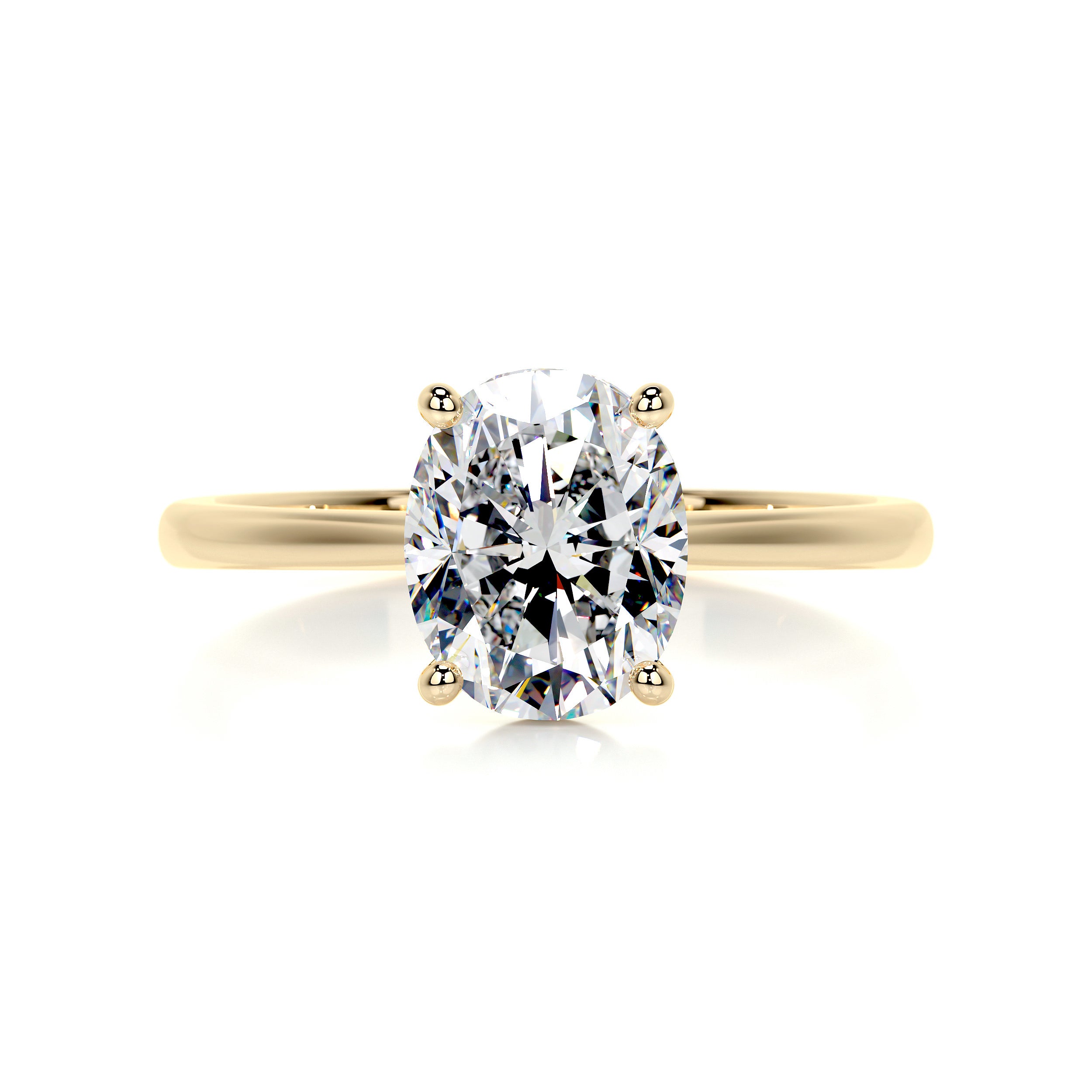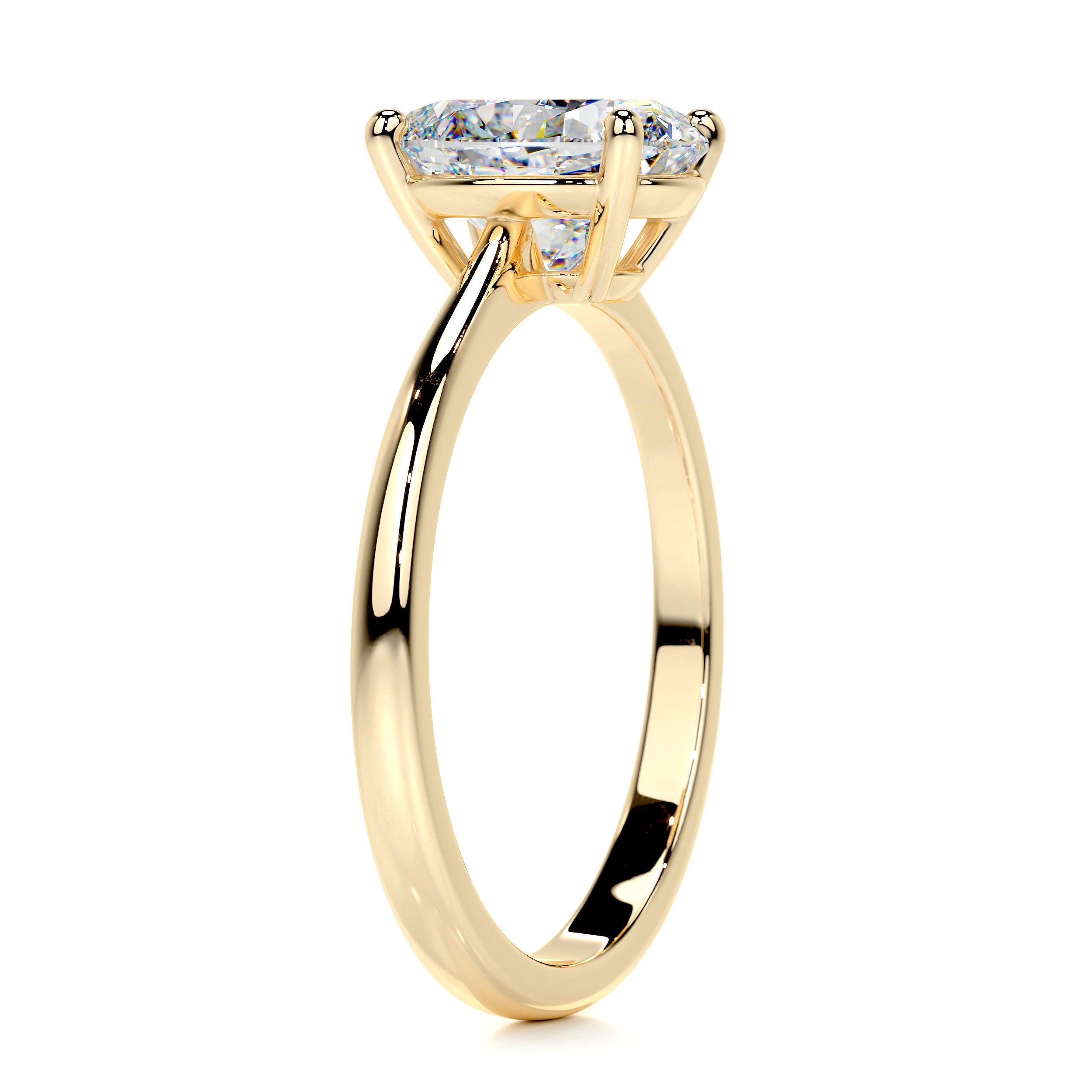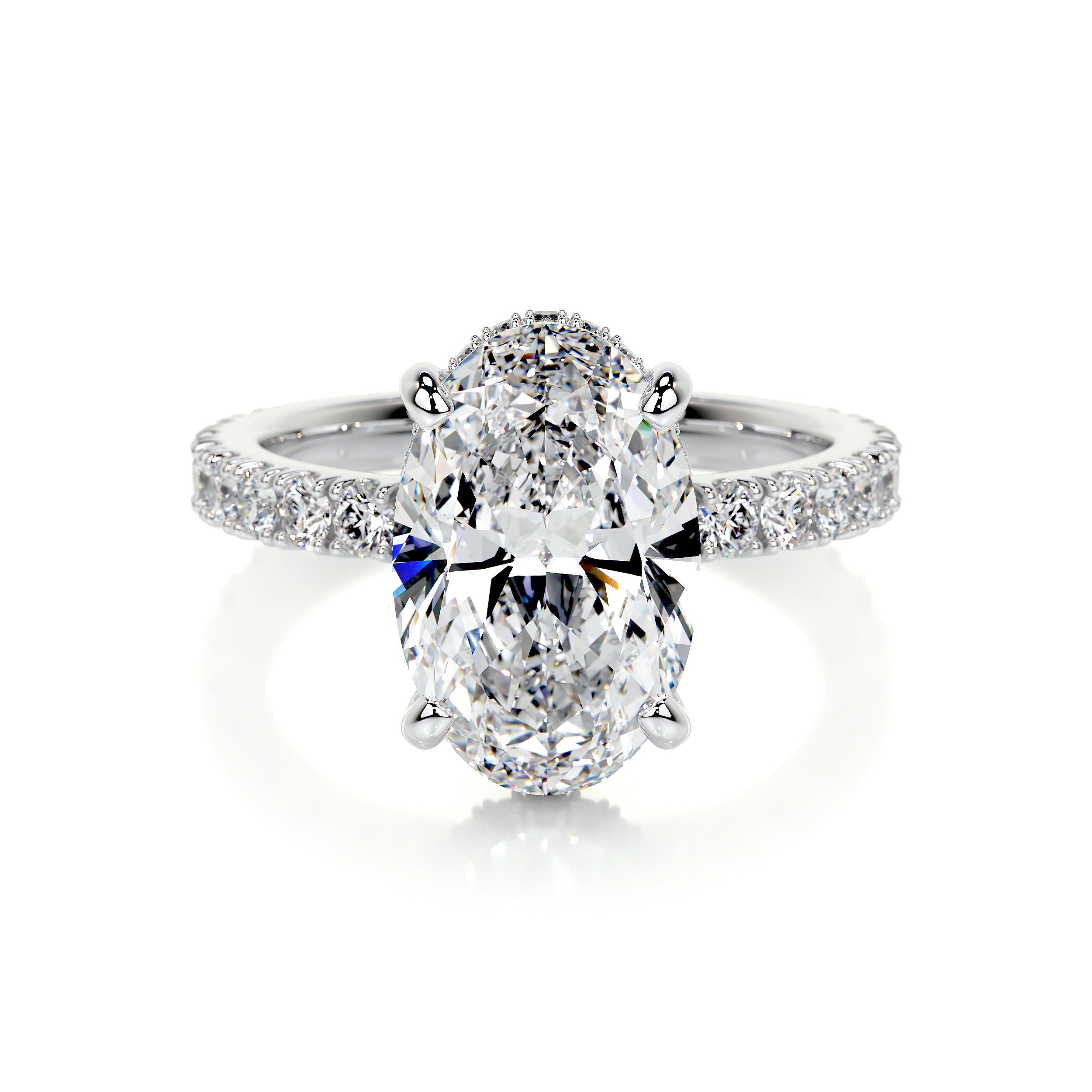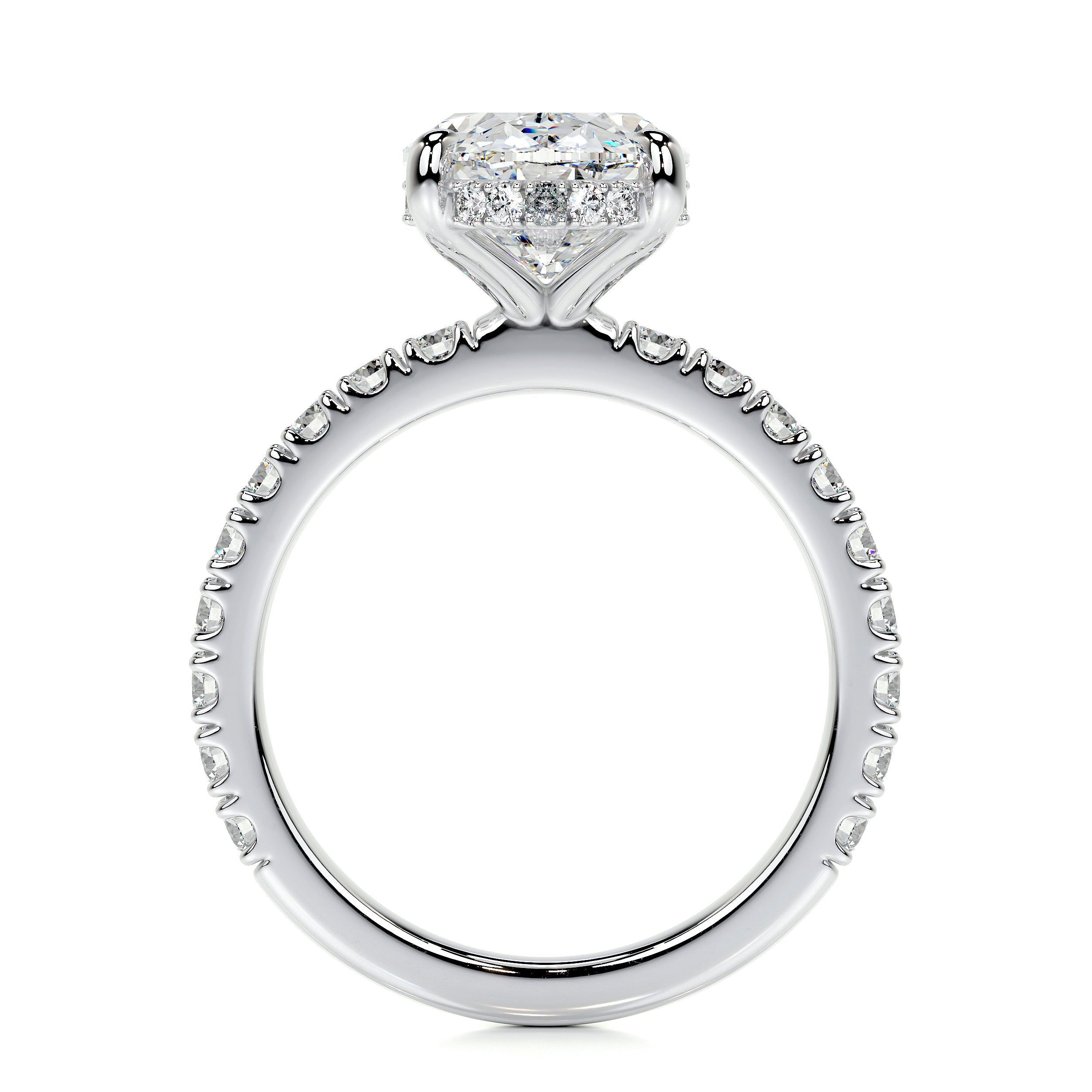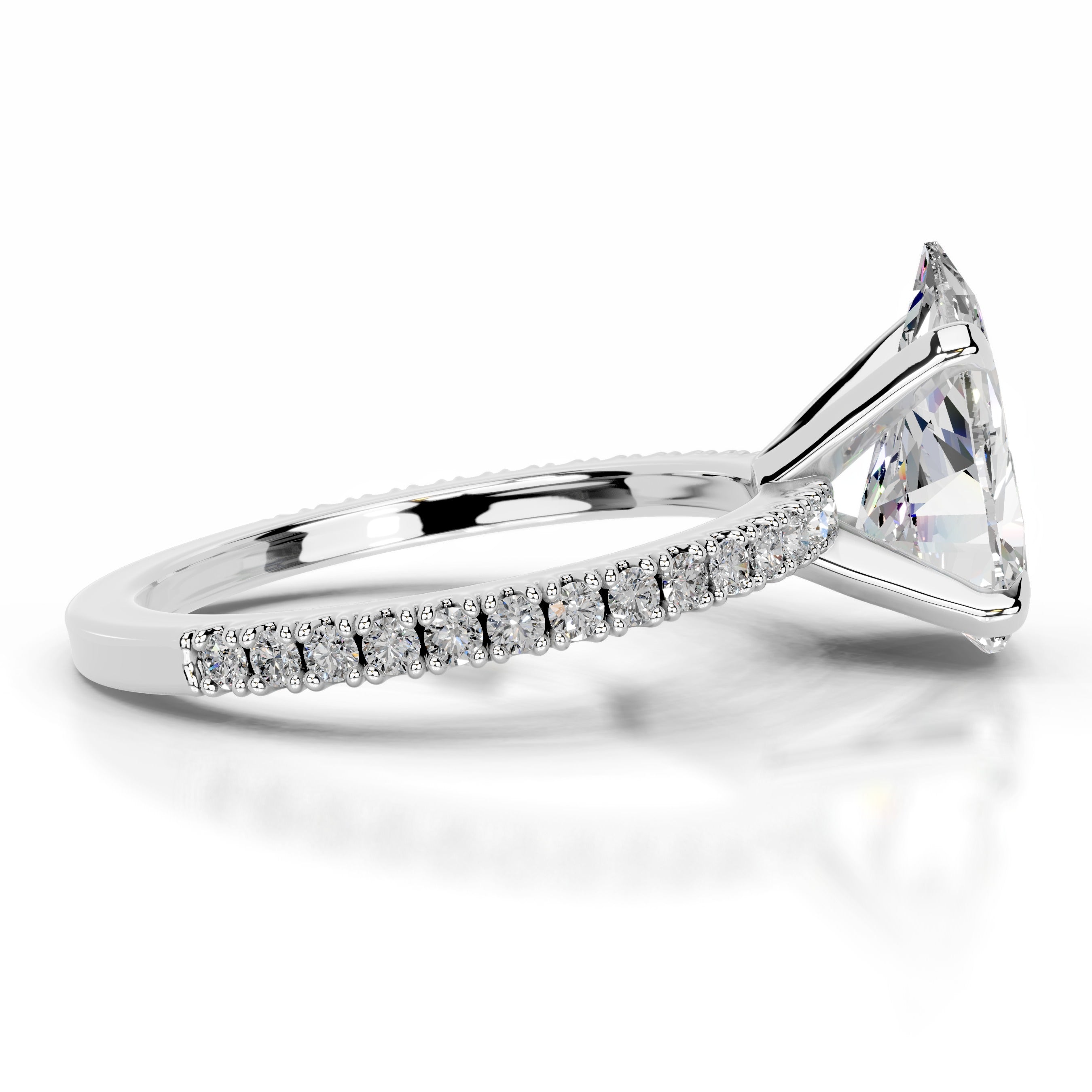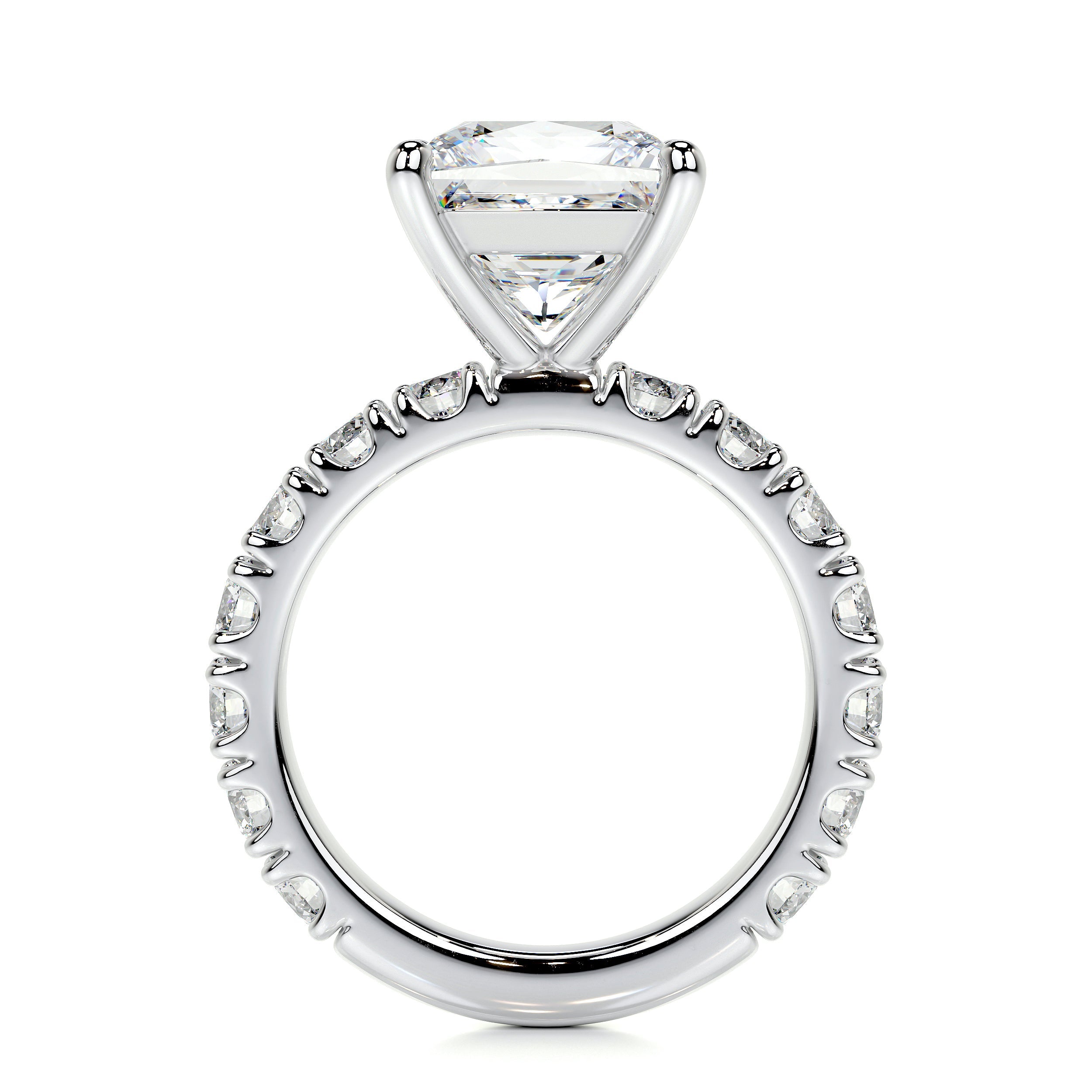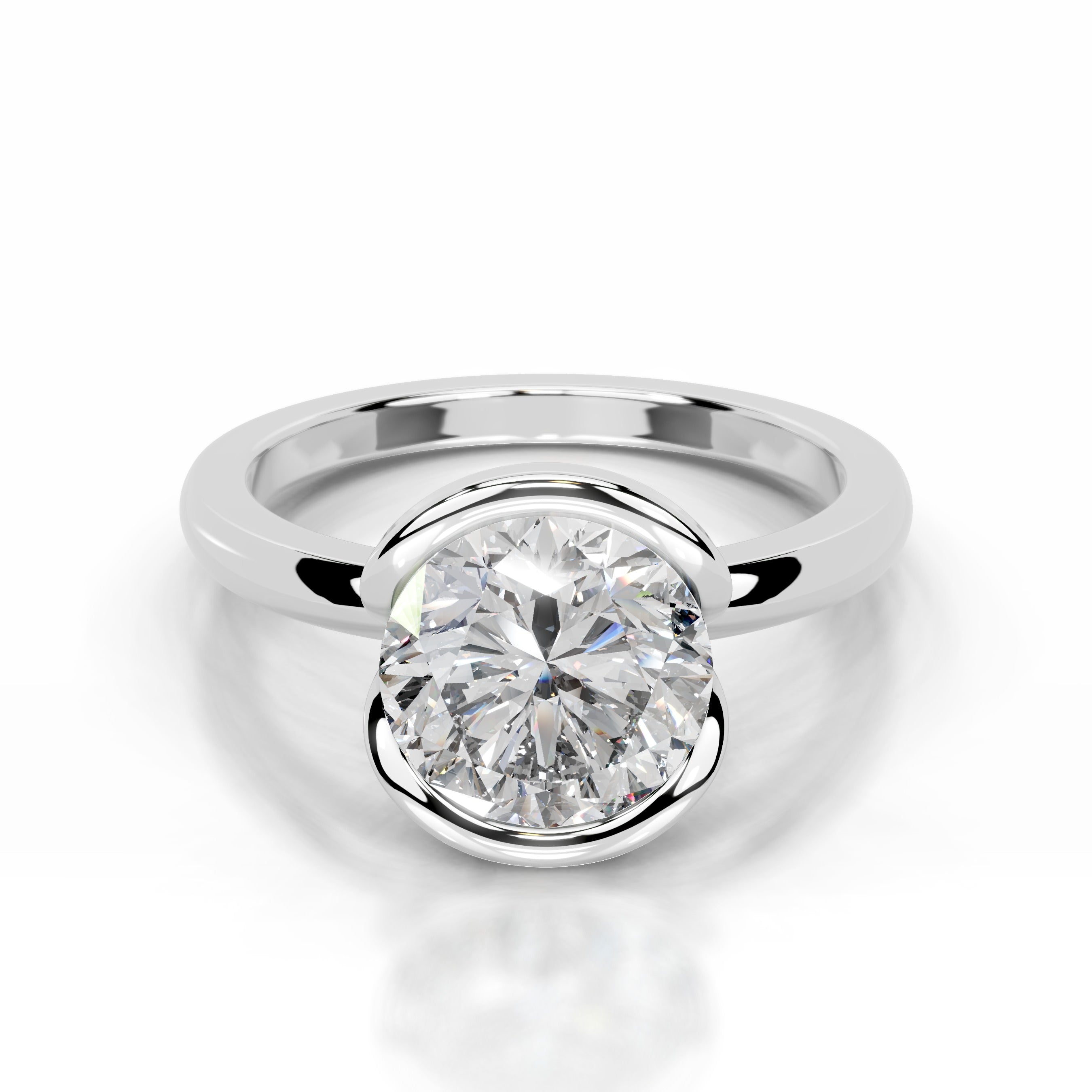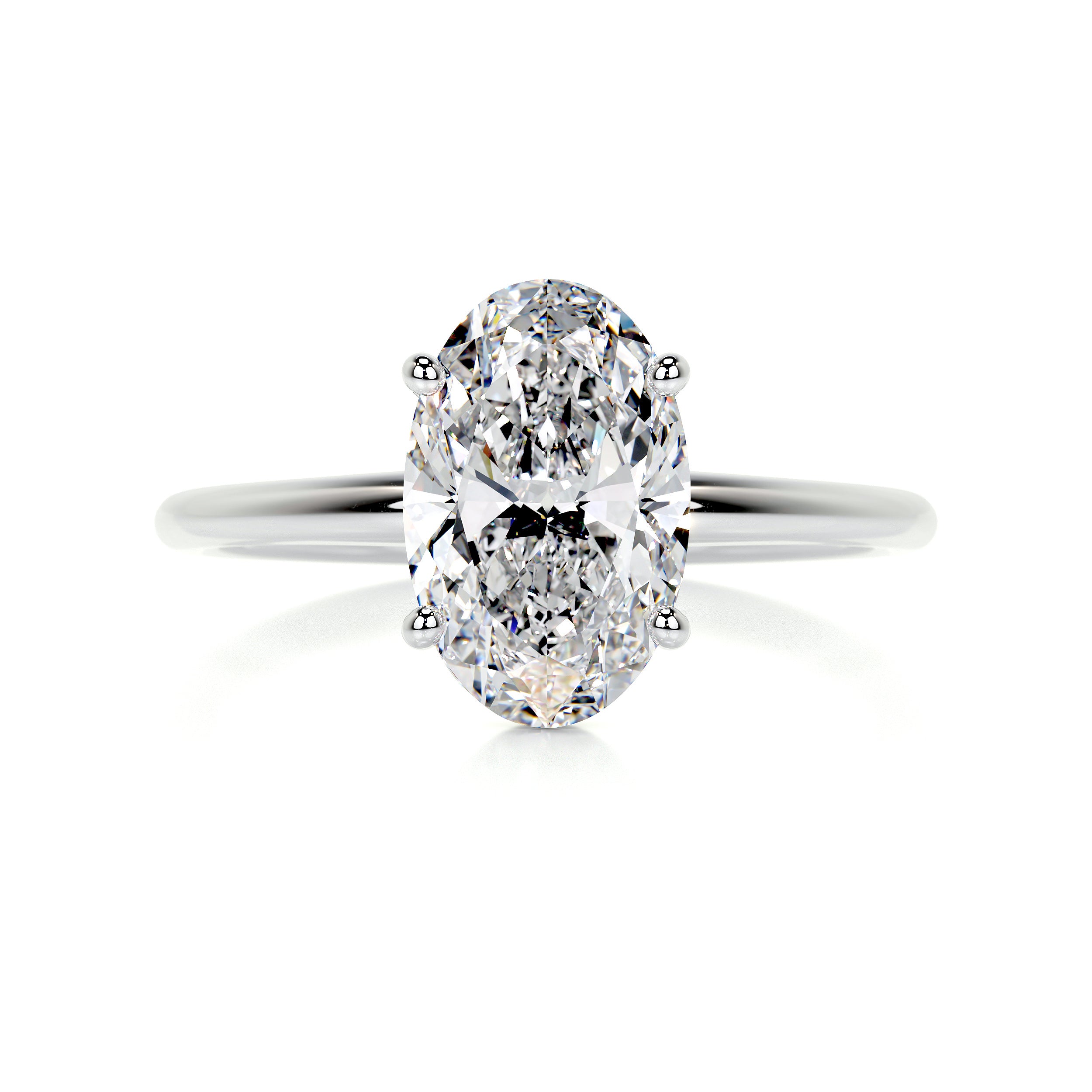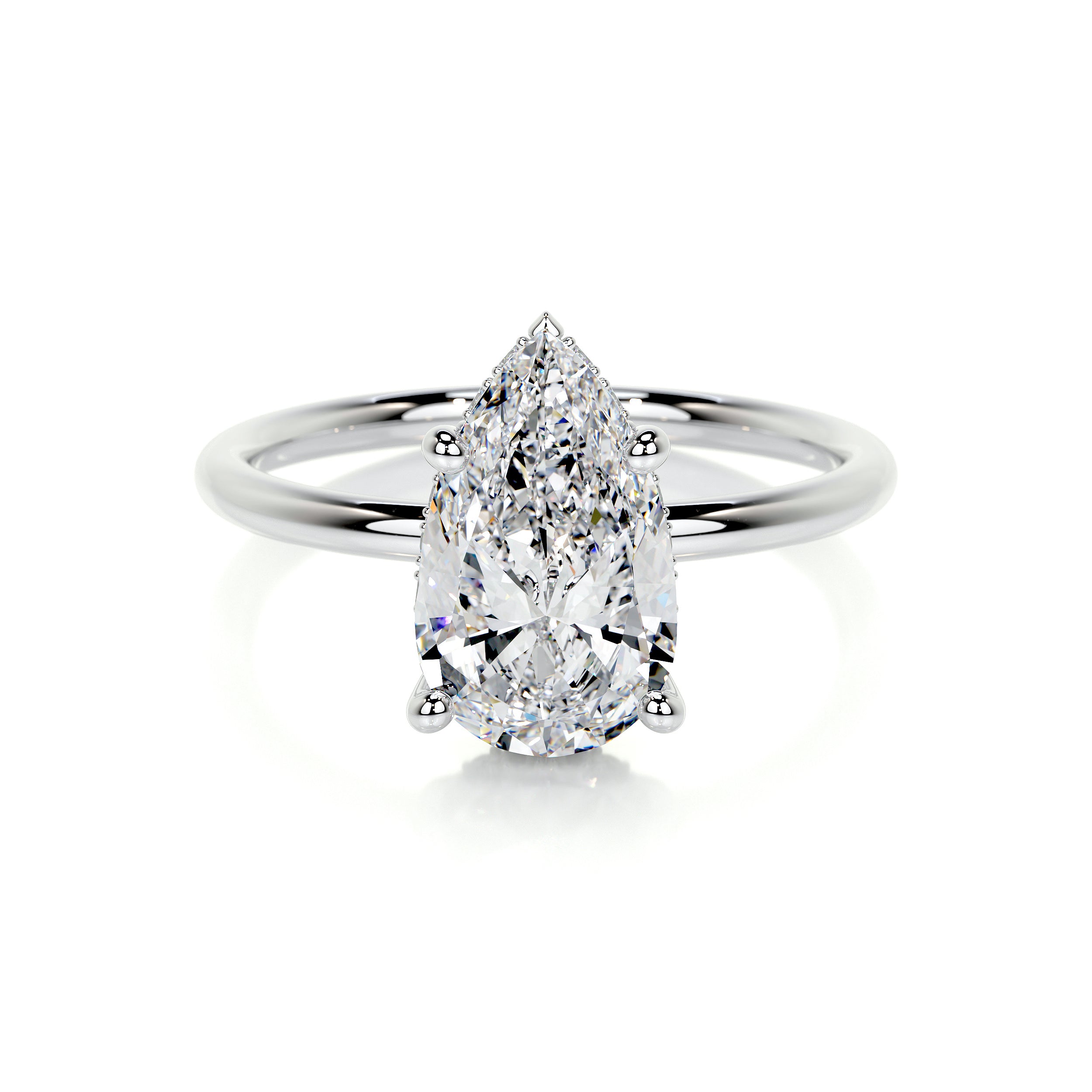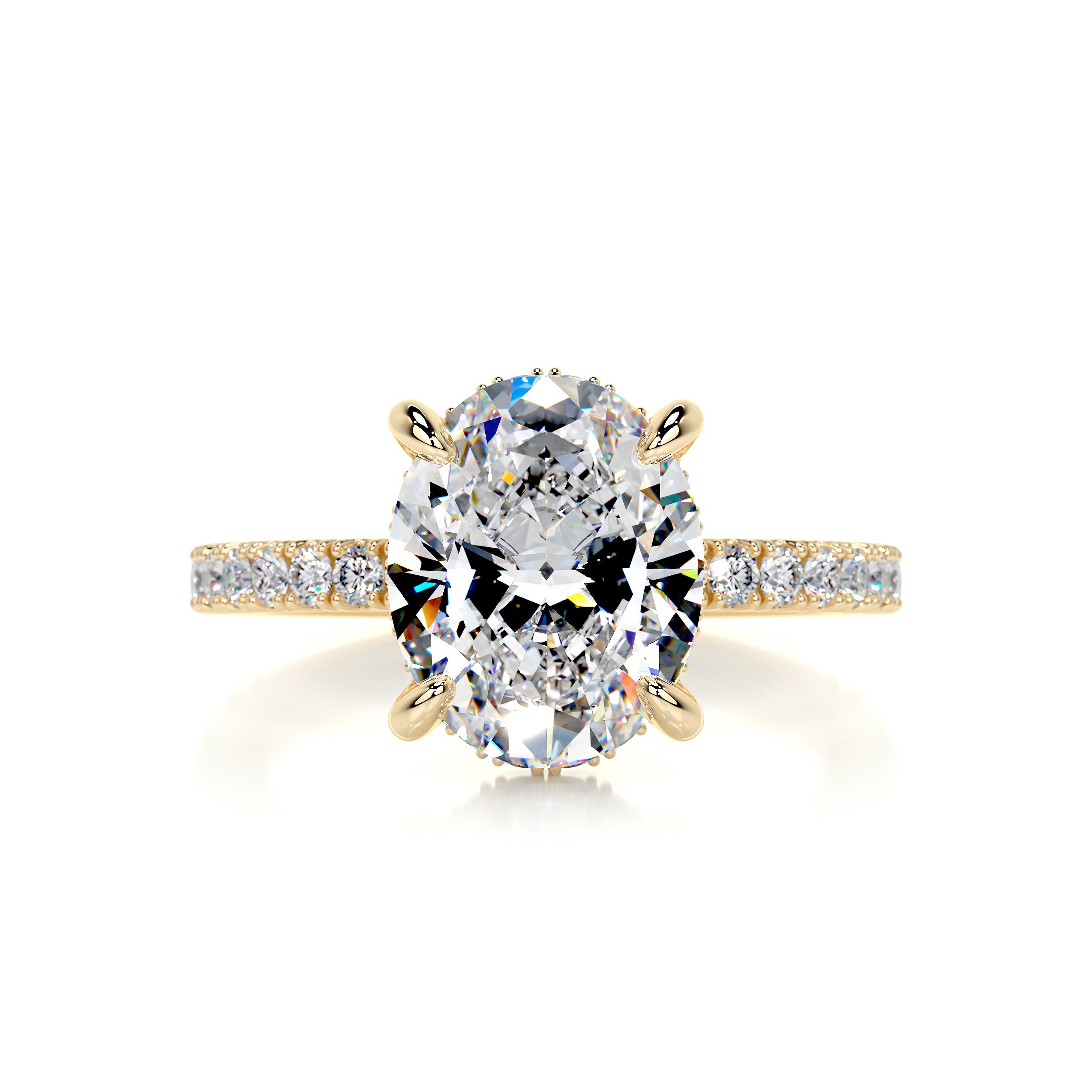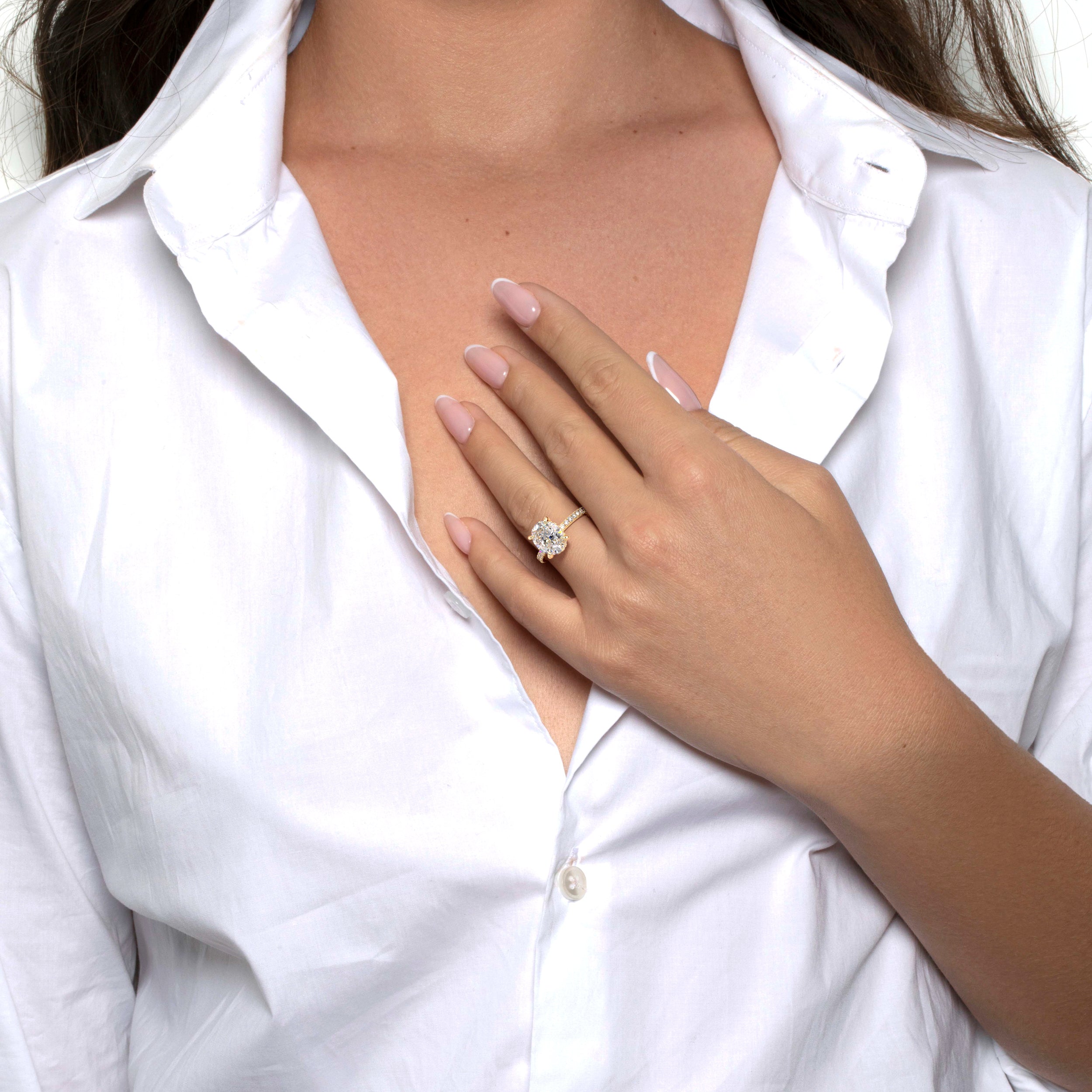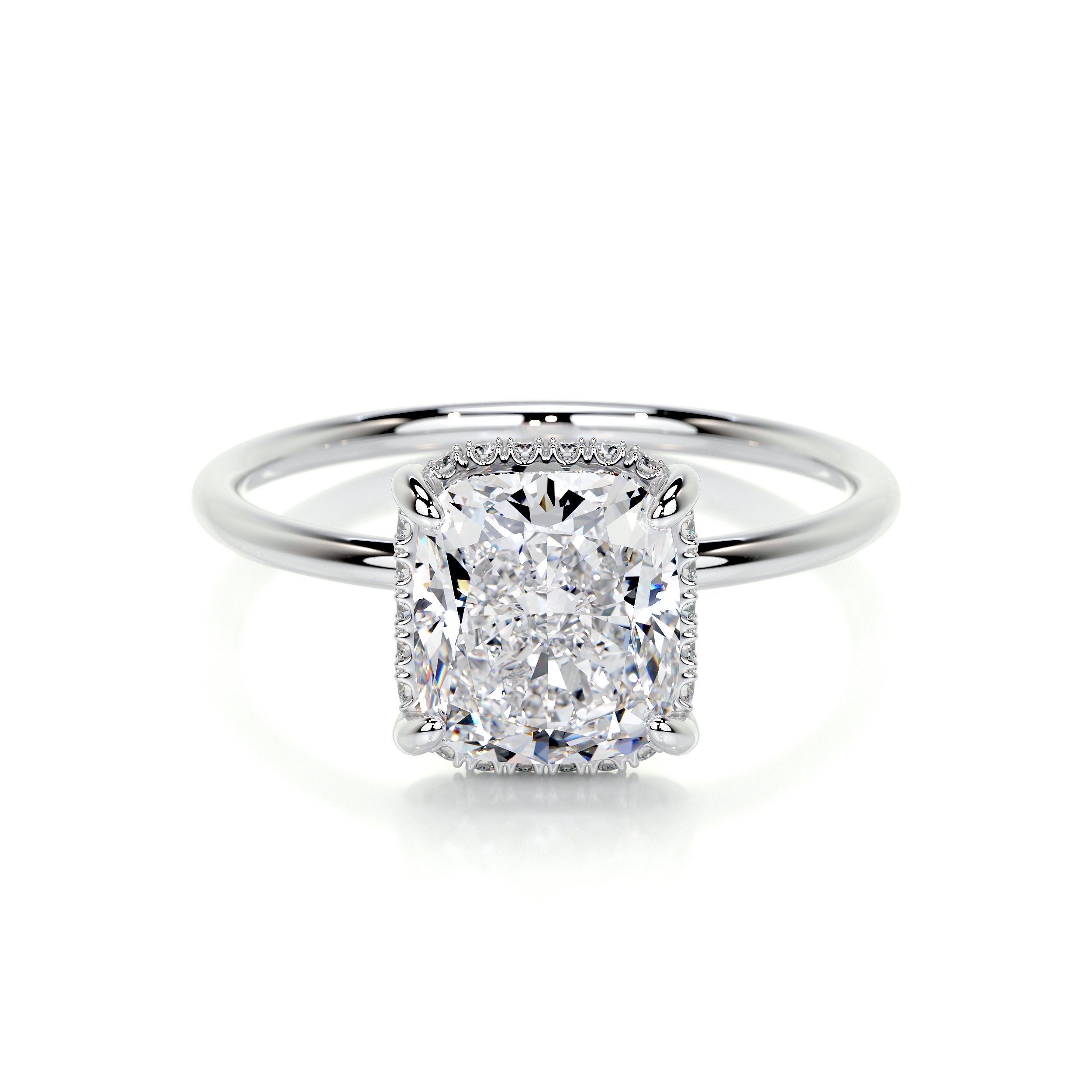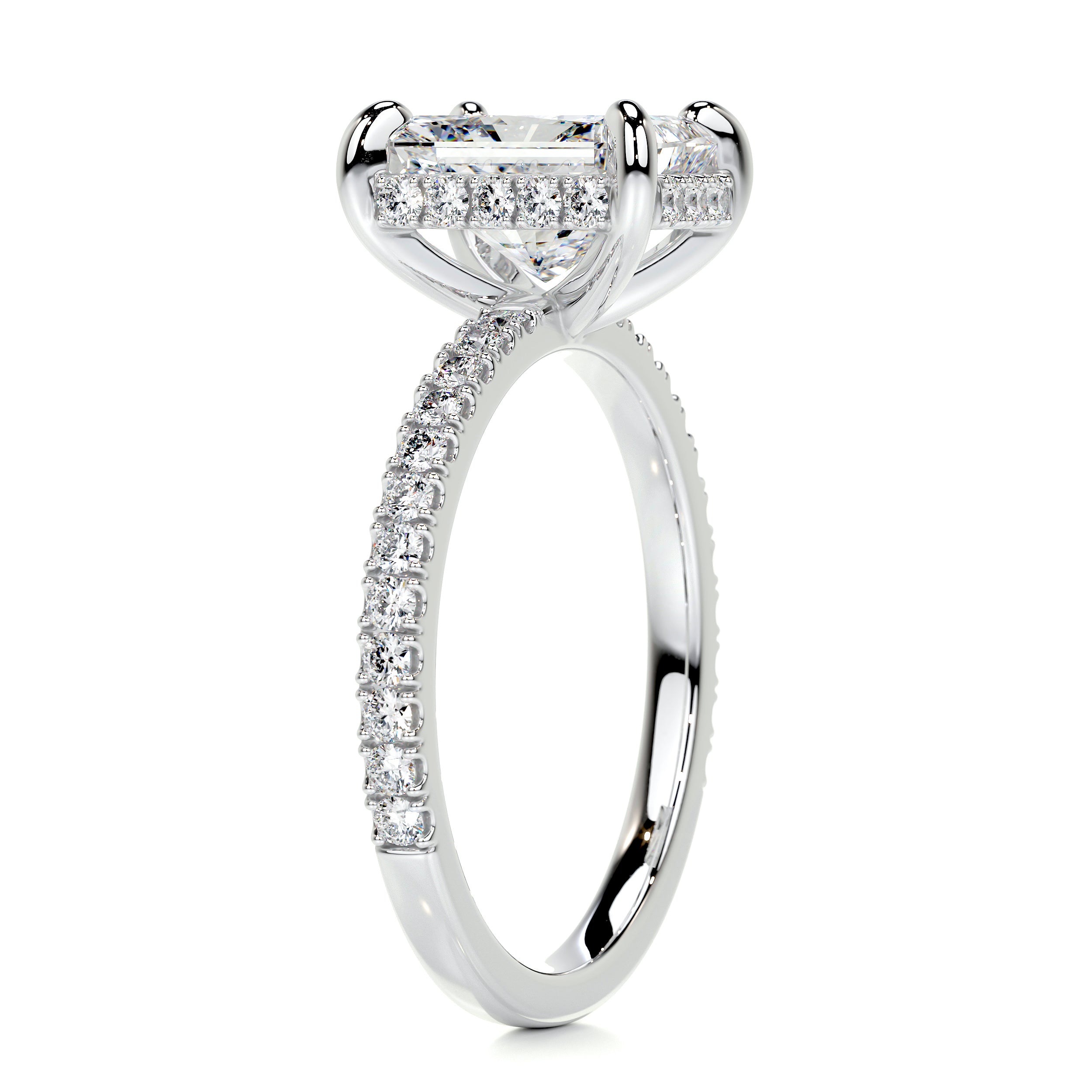Rose gold is hugely popular at the moment and, we can understand what all the buzz is about. We think it’s a fabulous luxury metal and it’s enjoying tremendous popularity in the bridal jewelry niche. Let’s face it. Rose gold, (sometimes referred to as pink gold) is a romantic choice for engagement rings and wedding bands. Besides being ultra-feminine, its unique twist on precious metals is eye-catching and turns the engagement ring into an instant designer look. This lavish gold color is so sought after now, we see ‘rose gold’ colors turning up everywhere. Whether it’s with personal electronics or even smartwatches, rosy-toned colors are the must-have-choice for modern consumers.
Clothing, cosmetics, and home décor have taken a shine to the sophisticated rosy glow. Think about it for a moment; almost every consumer-centric product is available in that pinky-rose gold. When it comes to rose gold wedding rings though, we are a bit more thoughtful with our purchases—because they are a greater investment, and we’ll be wearing them for a long-long time.
What Exactly is Rose Gold and White Gold?
This is the perfect time to do a little research on rose gold wedding sets—what is it exactly? And how does rose gold compare and contrast against white gold? Some see white gold as the high-end choice for pricey bridal jewelry. The timeless appeal of white gold makes it the most often selected engagement ring and wedding band choice. But there is something special about rose gold. So, let’s review and compare the benefits of both white gold and rose gold. Then you make the choice—as to what is the perfect metal for your special ring.
Understanding the Composition of Rose Gold and White Gold
When gold is mined in the earth it is recovered in its purest natural state. We call that 24 karats, or 24K gold. Simply put, that means there is no other metal, even in small amounts mixed in with the gold itself. But you know what? Solid—pure gold is very soft. So, it’s not ideal for jewelry making of any kind, but especially for rings that get a lot of wear during our lifetime. We see the karat of gold—or the purity of gold mixed in with other metals as 10K, 12K, 14K, and 18K here today for most manufactured jewelry. The higher the karat, the greater percentage of gold to other metals is alloyed in the piece. So, an 18K gold item has far more pure gold in it than lesser karats—like 12K for instance. On the other hand, since the lower karat gold items have less pure gold—they are also stronger because those other metals help the golf gain extra strength.
In Asian countries, where they revere pure gold, it’s not unheard of to see 22K gold jewelry made. The gold is exceedingly beautiful of course but very soft. That makes the jewelry items very delicate and prone to damage.
Over the centuries, goldsmiths have experimented with different metals and varying percentages of each alloy to arrive at a metal that is both beautiful and durable. Today, the most common metals used as an alloy to strengthen gold and yield a lovely sheen are nickel, copper, palladium, silver, and even zinc. Depending on the particular metals used and the gold ratio, the result is one of three of the most popular gold shades: white, yellow, and rose gold.
How White Gold is Made and Its Unique Appeal
White gold has a very ingenious alloy to give it the cool neutral look many women love. White gold was originally produced in the early 20th century to mimic the luxe-look of platinum which is a naturally white metal. Platinum became so popular with aristocratic jewelry collectors in the 1920s. It was adored by European royalty to make their diamonds appear larger by the white metal next to colorless stones. White gold is usually an alloy of pure gold, about 75% gold, and mixed with about 25% nickel and zinc. Those white metals are not only strong but turn gold into the cool metal preferred by many. It still has a bit of a yellowish tinge when first alloyed. So, a rhodium coating finishes the look of shiny white gold. This coating does wear away over time, so it’s advisable to have a white gold jewelry piece re-plated from time to time.
The Captivating Rose Gold: A Romantic Option
When it comes to rose gold wedding band, its blushing tint is derived from a combination of pure gold and copper alloy, which lends that rosy tone to the gold. This metal does not need to have any special re-plating to maintain its perfectly rosy glow.
Similar to white gold, rose gold contains an excellent mix of gold with metals like copper, creating a harder material to work with. Durability is a big deal, especially when a ring is being made. Your hands do a lot of work every day and a soft metal ring could become misshapen or lose its sheen quickly. Since rose gold bridal sets has a definite tint to it, many rose gold engagement rings and wedding bands have imaginative combinations of other colored stones to enhance an individual look.
Style and Durability: Rose Gold vs. White Gold in Wedding Jewelry
It’s not common for most women to have an entire jewelry wardrobe made of rose gold items, however. And you do want to be able to enjoy wearing other jewelry when wearing your bridal rings set. I the bride has a lot of white metal jewelry already—like white gold or silver or even platinum then rose gold will make a very attractive addition.
White gold is a stylish neutral and looks especially lovely on lighter skin tones. The rose gold option is an interesting choice—and looks gorgeous on both lighter and deep skin tones.
You can’t go wrong with white gold—because so many designer styles are created in white gold. Rose gold is an ultra-feminine romantic choice. Is that you? Then you’ll enjoy browsing through all the rose gold jewelry that has you in mind.
Final Words
We’ve given you many things to consider about white gold and rose gold. There are traits you’ll like more in one metal over the other after you’ve done your homework. Whether you select white gold or rose gold, we know your style will come into play. And personal preference is what it’s all about –certainly when it comes to engagement rings and wedding bands. Enjoy the hunt!
